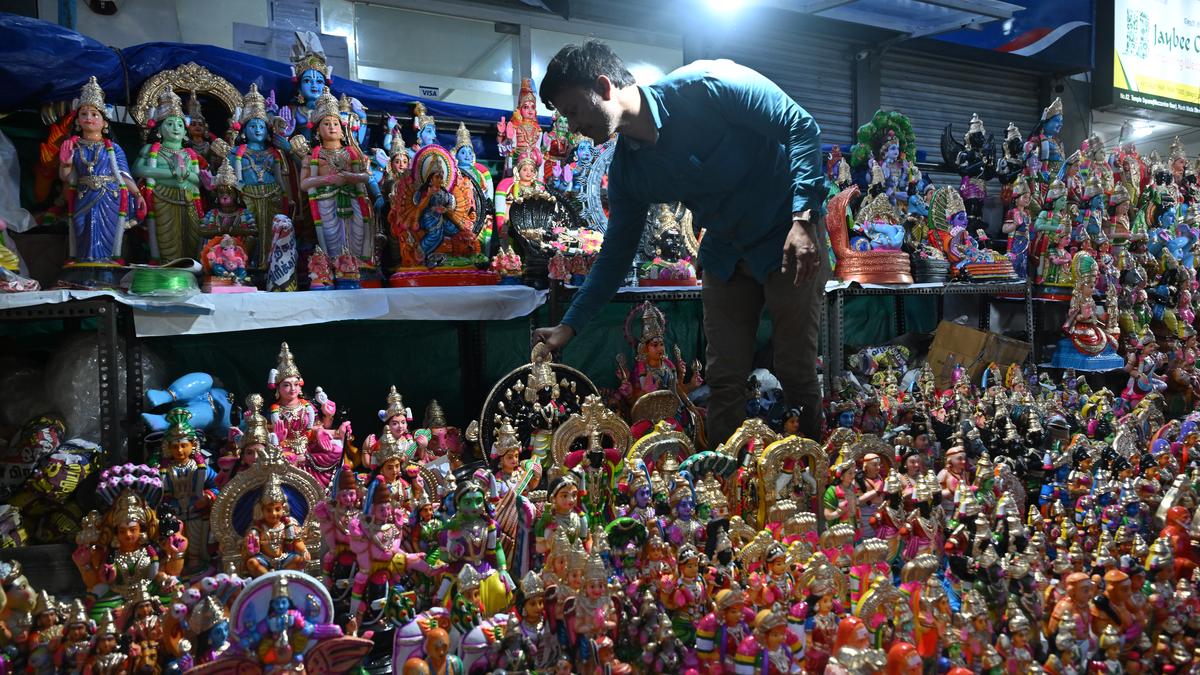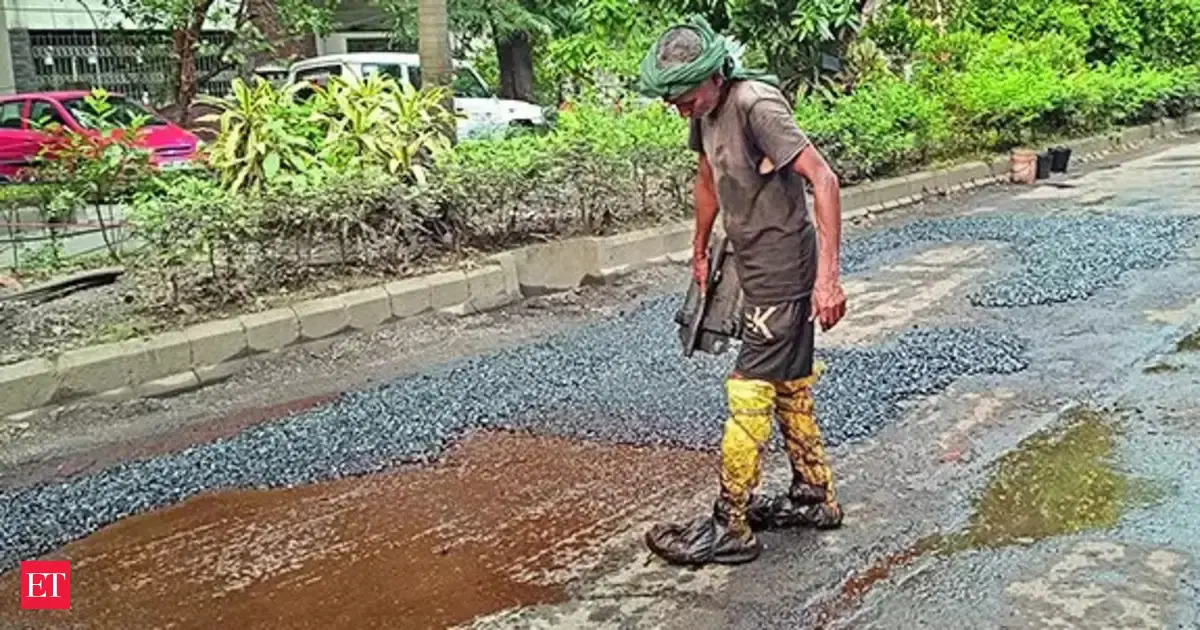By Mira S
Copyright thehindu

With Navaratri in full swing, the ever-bustling Mylapore is growing even busier by the day. The streets are flanked on both sides with carts lined up end to end, staying open from the leisurely morning hours until late into the night. In these crowded lanes, families flock to buy bommais in large numbers — traditional South Indian figurines of gods, goddesses, mythological characters, and even a few creations inspired by cartoons. For the artisans, vendors, and artisans-turned-sellers, the season is as much awaited as it is for the buyers.
When you step into North Mada Street, you will come across S. Padmini’s cart. She travels all the way from Urapakkam. Her dolls are sourced from Cuddalore and Panruti, and she visits these towns herself to paint them. By the start of the second week of September, she admits, business is rather slow-paced, but she looks forward to the weekend. “I sell fruits on the MRTS train when it is not Navaratri time. We take up whatever comes our way, according to the different seasons and festivals. That is how our livelihood is,” adds Ms. Padmini.
A few shops down, Jai Ganesh was busy rearranging the dolls in his cart, frazzled after a sudden splash of rain in the city. “We have been making these dolls for decades — right from scratch. Some are made from earthy clay, while others are papier-mâché. The large ones can go up to ₹10,000,” he explains. With a kind of breathless rhythm, he rattles off the names of the deities in their many forms, then points to a set of newly handcrafted ones made especially for this year.
“We are natives of Panruti, and most of our making and painting is done there before we bring the dolls to Chennai, though we also source some from Coimbatore. This is what we do all year round, and we try to earn the most during Navaratri,” he adds.
Rising online sales
He also spoke about a challenge that artisans like him have been facing in recent times. “While the joy of Navaratri shopping lies in walking through the streets and getting lost in the enormous collections around you,” says Mr. Ganesh, “more and more people are buying dolls online. Does this not dull the livelihood of roadside vendors and artisans like us? When you come here in person, some of us offer discounts, and you can truly see the kalainayam, the artistry, up close.”
“A few artisans do have their own websites to market their dolls, but not many of us do. So it really motivates us when people choose to buy directly from us,” he adds.
A little further down the street, Geetha sits by the the pavement with her dolls arranged in rows. “Selling dolls have always been our family tradition, where my grandmother used to sit in this very spot during Navaratri. I do not want to break that tradition, though selling fruits is largely my bread and butter,” says Ms. Geetha.



